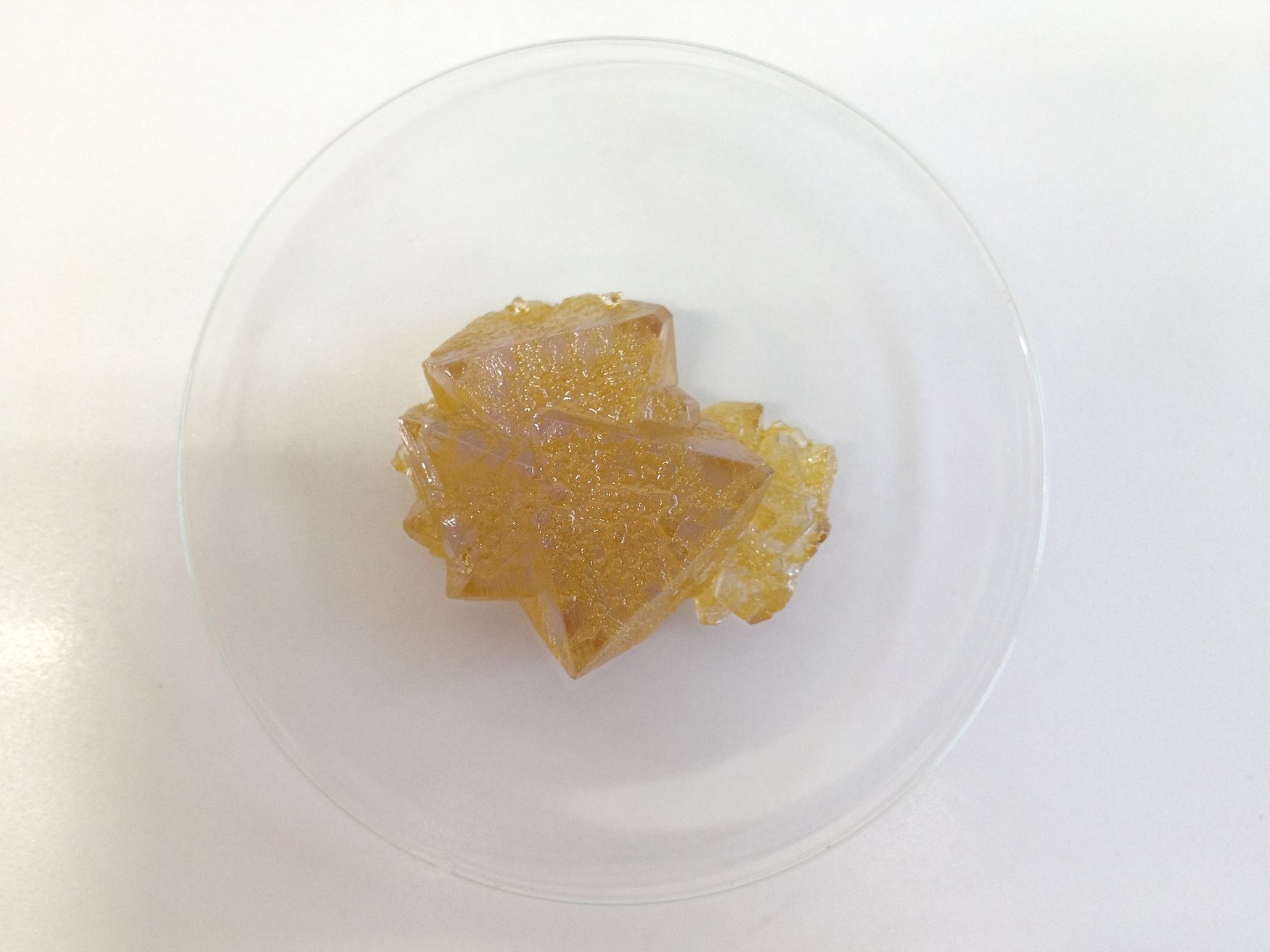
Ammonium iron(II) sulfate, also known as Mohr's salt, is a fascinating compound with a rich history and diverse applications. This double salt, composed of ammonium sulfate and iron(II) sulfate, has been a staple in chemistry labs for over a century. Why is it so special? Its unique properties make it an excellent choice for various experiments and industrial processes. From water purification to serving as a standard in redox titrations, ammonium iron(II) sulfate plays a crucial role. What makes it stand out? Its stability and non-hygroscopic nature ensure consistent results, making it a reliable reagent. Dive into these 30 intriguing facts to uncover the secrets behind this versatile compound!
Key Takeaways:
- Ammonium Iron(II) Sulfate, also known as Mohr's salt, is a stable compound with uses in labs, industries, and education. It's safe to handle but should be stored and handled with care.
- This compound is versatile, participating in redox reactions, and has industrial applications in water treatment, photography, textiles, electroplating, and agriculture. It's also used in educational kits and crystal-growing experiments.
What is Ammonium Iron(II) Sulfate?
Ammonium Iron(II) Sulfate, also known as Mohr's salt, is a fascinating compound with various applications in science and industry. Let's dive into some intriguing facts about this chemical.
-
Chemical Formula: The chemical formula for Ammonium Iron(II) Sulfate is (NH4)2Fe(SO4)2·6H2O.
-
Appearance: It typically appears as light green or blue-green crystals.
-
Stability: This compound is known for its stability in air, making it useful for various experiments.
-
Hydrated Form: It exists in a hydrated form, containing six water molecules.
-
Discovery: Named after Karl Friedrich Mohr, a German chemist who discovered it in the 19th century.
Uses in Laboratories
Ammonium Iron(II) Sulfate has several applications in laboratory settings due to its unique properties.
-
Titration: Commonly used in redox titrations as a primary standard.
-
Calibration: Helps in calibrating other solutions in analytical chemistry.
-
Indicator: Acts as an indicator in various chemical reactions.
-
Reagent: Serves as a reagent in the synthesis of other compounds.
-
Education: Frequently used in educational labs for demonstrating chemical principles.
Industrial Applications
Beyond the lab, Ammonium Iron(II) Sulfate finds its place in various industries.
-
Water Treatment: Utilized in water treatment processes to remove impurities.
-
Photography: Plays a role in traditional photographic processes.
-
Textile Industry: Used in dyeing and printing fabrics.
-
Electroplating: Assists in electroplating processes to coat metals.
-
Agriculture: Sometimes used as a micronutrient in fertilizers.
Chemical Properties
Understanding the chemical properties of Ammonium Iron(II) Sulfate can reveal why it's so versatile.
-
Solubility: Soluble in water, making it easy to use in aqueous solutions.
-
pH Level: Typically has a slightly acidic pH when dissolved in water.
-
Oxidation State: Contains iron in the +2 oxidation state.
-
Redox Reactions: Participates readily in redox reactions.
-
Thermal Decomposition: Decomposes upon heating, releasing ammonia and sulfur dioxide.
Safety and Handling
Handling chemicals requires caution, and Ammonium Iron(II) Sulfate is no exception.
-
Non-Toxic: Generally considered non-toxic but should still be handled with care.
-
Irritant: Can cause irritation to the skin and eyes.
-
Storage: Should be stored in a cool, dry place to maintain stability.
-
Protective Gear: Always use gloves and goggles when handling.
-
First Aid: In case of contact with skin or eyes, rinse immediately with plenty of water.
Fun Facts
Here are some fun and lesser-known facts about Ammonium Iron(II) Sulfate.
-
Color Change: Changes color when exposed to air due to oxidation.
-
Crystal Growth: Popular in crystal-growing experiments for its beautiful crystals.
-
Historical Use: Used in early experiments to understand redox reactions.
-
Educational Kits: Included in many chemistry kits for students.
-
Natural Occurrence: Rarely found in nature but can be synthesized easily in the lab.
Final Thoughts on Ammonium Iron(II) Sulfate
Ammonium Iron(II) Sulfate, also known as Mohr's salt, is a fascinating compound with a rich history and a wide range of applications. From its use in analytical chemistry to its role in various industrial processes, this compound proves its versatility. Its unique properties, such as its stability and ability to act as a reducing agent, make it invaluable in many scientific endeavors. Understanding these facts not only highlights the importance of Ammonium Iron(II) Sulfate but also underscores the intricate connections between chemistry and everyday life. Whether you're a student, a professional, or just someone curious about the world around you, knowing about this compound can deepen your appreciation for the wonders of science. Keep exploring, keep questioning, and let your curiosity lead the way.
Frequently Asked Questions
Was this page helpful?
Our commitment to delivering trustworthy and engaging content is at the heart of what we do. Each fact on our site is contributed by real users like you, bringing a wealth of diverse insights and information. To ensure the highest standards of accuracy and reliability, our dedicated editors meticulously review each submission. This process guarantees that the facts we share are not only fascinating but also credible. Trust in our commitment to quality and authenticity as you explore and learn with us.
